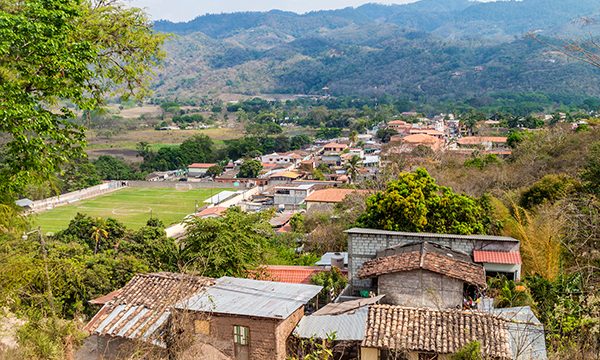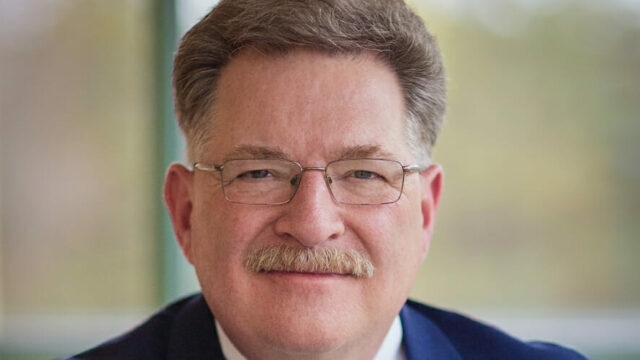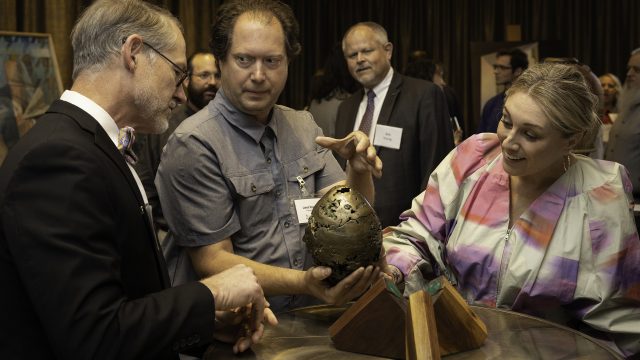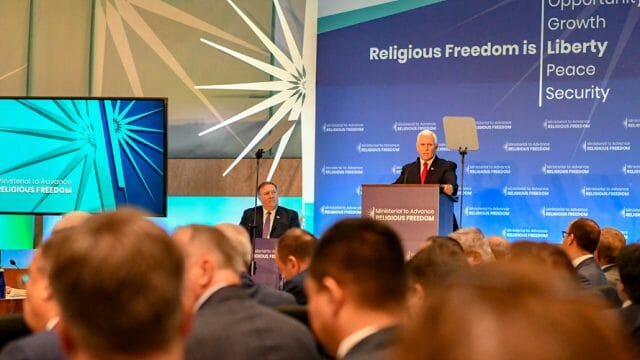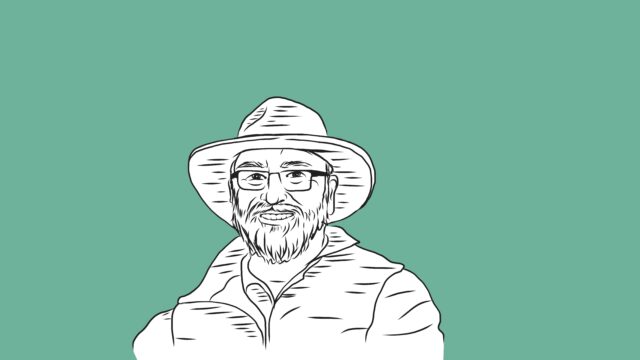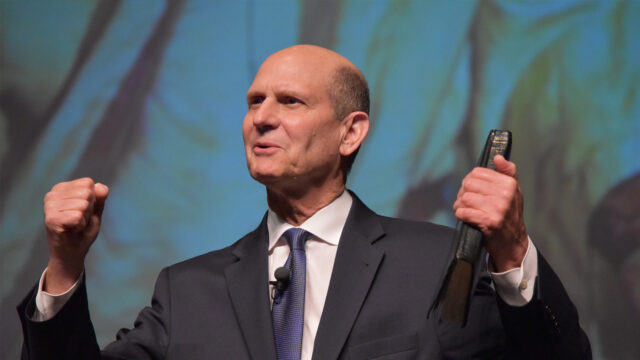How can we have a seismic impact in the ripples that emanate outward from us?
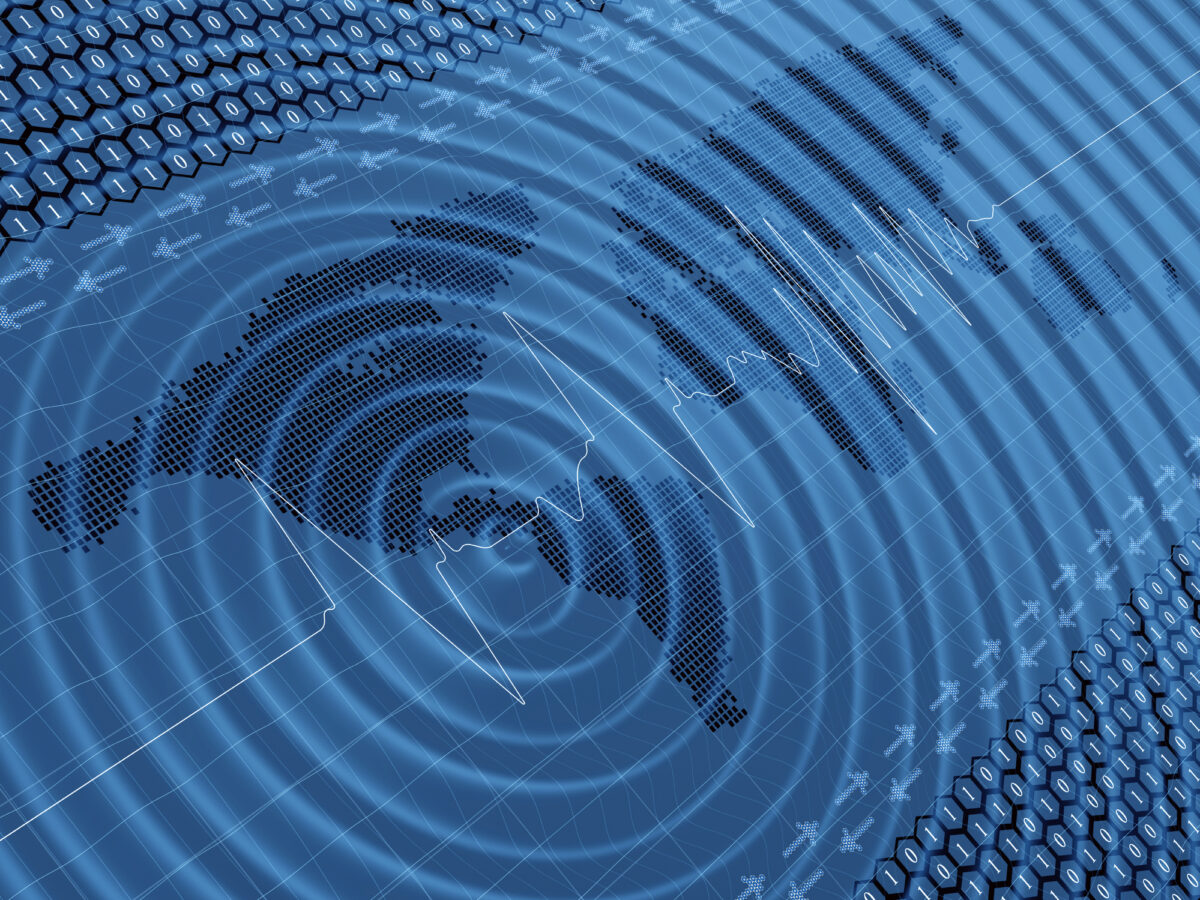
Over the Easter weekend, Adventist Review Online and you celebrated Jesus’ resurrection together. But as you know, that was far from the end of the story. AR now offers you a special online series of articles to enable our reflection on the 50-day period leading up from Jesus’ resurrection to the glorious day of Pentecost, when in dramatic fulfillment of Jesus’ own promise, His followers received the baptism of the Holy Spirit. That anointing empowered a handful of men and women to take the gospel to their entire world in a single generation. May you be inspired as you read.—Editors.
When I was in about the seventh grade in Campbell, California, we thought the coolest place for a field trip was Golden Gate Park in San Francisco, about a 45-minute drive away. There we could visit the Steinhart Aquarium and Kimball Natural History Museum.
San Francisco is famous for earthquakes. The earthquake of 1906 destroyed most of the city of that time. The earthquake of 1989 actually interrupted the World Series in Candlestick Park just before the beginning of game three.
For me, the most interesting exhibit at the Kimball Natural History Museum was a seismograph that recorded earthquakes. It was exhibited in an enclosed glass case about the size of a phone booth (remember phone booths?). Most of the time a needle moved imperceptibly in a straight line down the length of a strip of paper, something like a heart monitor with no beat. An earthquake would jiggle the needle up and down and create interruptions in the straight line.
One day, the rest of my class had moved on to something else. But I lingered, watching the seismograph by myself. I got to wondering just how sensitive this instrument was.
I looked around. I saw no one else at the moment. I stood about six feet away from the seismograph. I then jumped up and came down with all my weight on the marble floor as hard as I could. There and then I created my own personal earthquake. It measured probably 0.01 on the Richter scale, but it was unmistakably there.
At first I thought momentarily of jumping up and down again. After all, isn’t the scientific method all about replication of data? But I’m no scientist by any stretch of the imagination. And it scared me. I wondered what might happen to me if scientists found out that the San Francisco earthquake of 1957 was just some kid jumping up and down in the museum. I walked away as nonchalantly as I could.
Without knowing it at the time, I had caused what seismologists call an “artificial earthquake.” This kind of temblor is caused usually by human activity. It isn’t the actual geologic displacement of tectonic plates deep within the earth. And it isn’t exactly unusual.
The Goal That Shook Mexico
Something similar—something literally seismic—occurred in one of the earlier games during the 2018 World Cup. In its first game of the competition in Luzhniki Stadium in Moscow, Mexico faced Germany. Germany was the powerful reigning champion from four years before. It was a back-and-forth, scoreless match until minute 35. Then Mexico forward Hirving Lozano, playing in his first World Cup, scored a goal against team Germany. This single goal proved to be enough to win the game.
Twenty-two-year-old Lozano was interviewed after the game. “I don’t know if it’s the biggest victory in history,” he said, “but it’s one of the biggest for sure.”
Soccer fans in Mexico would probably have agreed with earthshaking enthusiasm—literally. Seismologists noted a small earthquake in Mexico City at the very same moment that Lozano scored his goal on the other side of the world. Scientists explained that the “artificial” quake was probably caused by the fans’ “mass jumping”!
Those fans in Mexico could never have suspected that fervor for their team would have a seismic effect. But it’s a good example of how the combined human passion for a cause can even impact history—materially and metaphorically.
The World Turned Upside Down
One inspiring example of this is recorded in the book of Acts.
During Paul’s second missionary journey, the apostles Paul and Silas brought the story of Jesus Christ to the city of Thessalonica. People of all walks of life were converted: Jews, Greeks, and “quite a few prominent women” (Acts 17:4). The power of Paul and Silas’ ministry, in fact, caused a confrontation with some of the Jews in the city. The Bible says, “They dragged Jason and some brethren to the rulers of the city, crying out, ‘These who have turned the world upside down have come here too’” (verse 6, NKJV).1
Well, of course, it’s obvious that the apostles in the early church turning the world upside down wasn’t literal. But it was certainly an impact that changed the world. Humanly speaking, it marked a turning point. The history of humankind has been changed ever since those first few years after Jesus’ ascension to heaven.
“Many historians believe that the three most crucial decades in world history occurred when a small group of men . . . under the power of the Holy Spirit took the gospel to the world.”2 In a spiritual sense, by the power of the Holy Spirit, their impact was spiritually and historically seismic.
We read and study Scripture so that we might be changed. “All Scripture is given by inspiration of God, and is profitable for doctrine, for reproof, for correction, for instruction in righteousness” (2 Tim. 3:16, NKJV).
If this is a guiding motivation to study the acts of the apostles, what “inspiration” may be taken from it? Should we not be asking ourselves, “In what ways could we turn the world upside down? How can we cause our own communal earthquake? How can we have a seismic impact on the ripples that emanate outward from us? Are we causing any ripples at all? Could we possibly become the epicenter, even if it’s only “2.0” on the Richter scale, of service and witness to the people living around us?
Read more in our Days to Pentecost series:
“Into the Highest Heaven” by Cliff Goldstein: https://www.adventistworld.org/into-the-highest-heaven/
1 Texts credited to NKJV are from the New King James Version. Copyright ã 1979, 1980, 1982 by Thomas Nelson, Inc. Used by permission. All rights reserved.
2 Adult Sabbath School Bible Study Guide, “The Book of Acts,” Third Quarter 2018 (Nampa, Id., Pacific Press Pub. Assn., 2018).


